USB Type-C and fast charging. — These two things are some of the things you can’t get with Realme phones under Php10k, until today when Realme officially launched the Realme 6i. It’s another budget gaming monster in the making with a gaming-focused MediaTek chip and a 5000mAh battery. Does it have what it takes? Here’s our full review.
Realme 6i specs:
- 6.5-inch HD+ IPS waterdrop notch display, 720 x 1600 px
- 2.05 GHz octa-core MediaTek Helio G80
Mali-G52 MC2 GPU - 3GB or 4GB RAM
- 64GB or 128GB eMMC 5.1 storage, expandable up to 256GB via MicroSD (dedicated slot)
- Quad rear cameras
48MP f/1.8 main
8MP f/2.25 ultrawide
2MP f/2.4 macro
2MP f/2.4 portrait - 16MP f/2.0 front camera
- Dual SIM
- 4G
- WiFi
- Bluetooth 5.0
- A-GPS, Glonass, Galileo, BDS
- Rear-mounted fingerprint scanner
- 3.5mm audio jack
- Reverse charging
- USB Type-C
- 5,000mAh battery w/ 18W charging support
- White Milk, Green Tea
Refreshed aesthetics make a difference

The Realme 6i, or aptly called the Narzo 10 in India, delivers an all-familiar Realme design with some refreshments to serve. Realme’s newest phone is surprisingly similar to the Realme 5i with some upgrades on aesthetics. From the 6.5-inch HD display at the front to the notched area for the 16-megapixel selfie camera, the front looks really alike.

The sides, too, are very similar. The 6i features the power/lock button at the right, the volume buttons and the Triple-slotted SIM/microSD card tray at the left. The biggest difference, perhaps, comes with its bottom and back parts. The bottom now features a USB Type-C port along with a microphone, a 3.5mm audio jack, and a loudspeaker.

The backplate is done by renowned designer Naoto Fukasawa. It’s said that the backplate was inspired by nature, and sure it did make sense. The milky white back and its subtle line patterns that change as you view the phone from another perspective reminds you of pearls and the sea. It isn’t even overpowering, but rather subtle enough to the senses.

We have here the fingerprint scanner and the Realme logo. There’s also the quad-rear camera setup led by a 48-megapixel shooter, an 8-megapixel ultrawide lens, and two 2MP modules for depth and macro.
Here’s a fun fact: If you have a Realme 5 or a Realme 5i and want to upgrade to this phone, keep those phone cases. Surprisingly, these three have the same dimensions that cases for these phones work on each other. Anyways, the phone feels great to hold and it doesn’t feel slippery. The almost-matte finish at the back also prevents you to see fingerprints and smudges at the back.
It’s still an HD+ display
Despite having a 6.5-inch notched display, the display still remains at 720p which may be one of the key cuts the brand had done to decrease its price tag. Nonetheless, the IPS panel installed is good with unchanging colors in other viewing angles, decent contrast, and full saturation. The 270ppi, though, could be a lot denser since some of its competitors offer Full HD+ displays, but is still decent enough for navigation and multimedia consumption.

The 6i has a mono loudspeaker at the bottom. While it sounds loud enough for notifications and is able to fill out a mid-sized room, using it for multimedia may be a bit short than what you would expect. The vocals are very prominent, but its bass and highs are just faintly heard.
A quad-camera treat
With the launch of the Realme 6i comes a new set of quad-cameras at the back. It’s now led by a 48-megapixel shooter with a depth camera, a macro lens, and an ultrawide shooter. The built-in camera app offers selct modes such as portait, panorama, macro, night mode, and slo-mo. At the front, we have a 16-megapixel sensor with AI beauty enhancements that can be toggled on or off.

By default, the rear camera produces 12MP photos that offer enough detail, saturation, and contrast. the camera’s chroma boost mode enhances the saturation, leading to oftentimes more intense colors than expected. The other lenses also work well, too. The 6i struggles to find detail in low-light environments, while its night mode enhances the exposure without adding much detail.
The selfie shooter, on the other hand, takes decent selfies that can be shared online. AI beautification is adjustable given the settings, and the portrait blur is mostly accurate. Here are some sample shots:
You can capture up to Full HD videos with up to 60fps in its settings. In general. taking videos seem to be good as well. There is decent dynamic range, good detail, and well-hued saturations. There’s no OIS here, though, so videos may be shaky as you capture them. Here’s a sample clip:
Performance that doesn’t disappoint
This phone features Realme’s own RealmeUI on top of Android 10. It’s a near-vanilla experience, save for some areas where you can still see traces of OPPO’s own colorOS. By default, it features an app drawer, and the notifications panel. There are a few pre-installed apps on the device such as Lazada, Trip.com, and WebNovel, leaving the device with around 108GB of free space for your apps.

Multitasking isn’t much of a problem for this device sporting a MediaTek Helio G80 chip and 4GB of RAM, and gaming is much better here. Playing intenstive games like Asphalt 8 may warm up the upper back part a bit, but it’s not that much of an issue. Here are some of the benchmarks we took:
- AnTuTu – 203,811
- GeekBench – 386 (Single Core), 1,346 (Multi Core), 1,166 (Compute)
- PCMark – 8,817 (Work 2.0)
- 3DMark – 1,339 (Slingshot Extreme – OpenGL ES 3.1), 1,325 (Slingshot Extreme – Vulkan)
- Androbench – 76.15MB/s (Random Read), 153.66MB/s (Random Write)
These figures are a very significant improvement to last year’s Realme 5 with a Snapdragon 655 chip, It’s even more powerful than the Realme 5i we reviewed last time with a 4GB/64GB hardware combination.
Long-lasting, fast-charging
Connectivity-wise, everything is great. The WiFi connects quickly to already-recognized spots, Bluetooth isn’t much of a hassle, and GPS sensors track the phone’s location almost precisely. The fingerprint scanner is a joy to use, and its face unlock is surprisingly fast in registering and recognizing the enrolled face.
The star of this device, perhaps, is its 5000mAh battery and a USB Type-C port that enables fast charging. In a full day’s activities, the phone lasted for more than a day, with 5 hours remaining onto the next. Our PCMark battery test oftentimes crashes when it’s almost done, but we manage to record battery level logs and scored a 12 hours and 33 minutes score for the device. Recharging the phone with the bundled 18W charger takes about 50 minutes to reach half of the device’s battery capacity. A full charge still takes an hour and and a half, which is a welcome improvement.



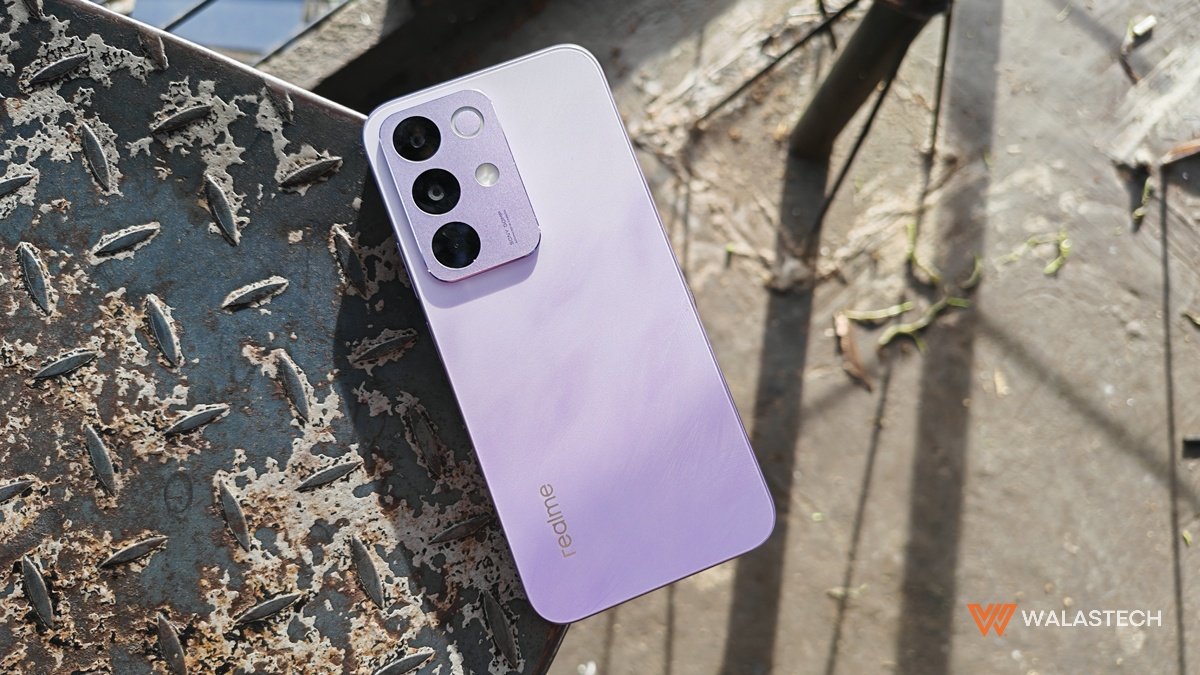


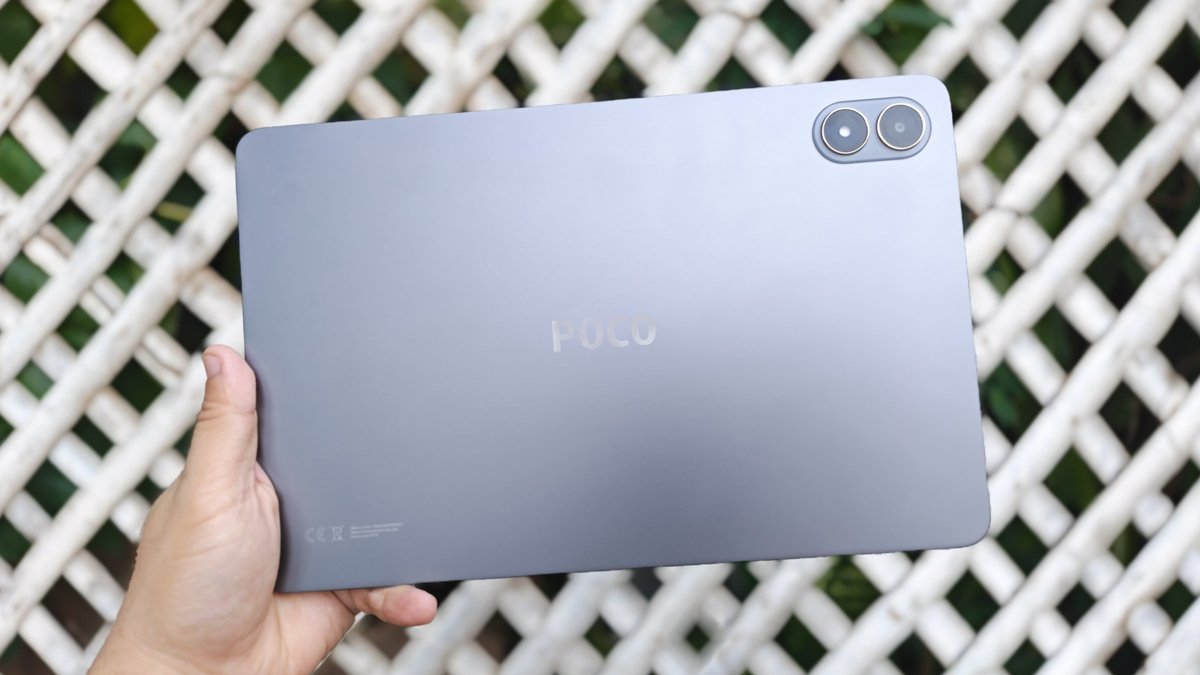
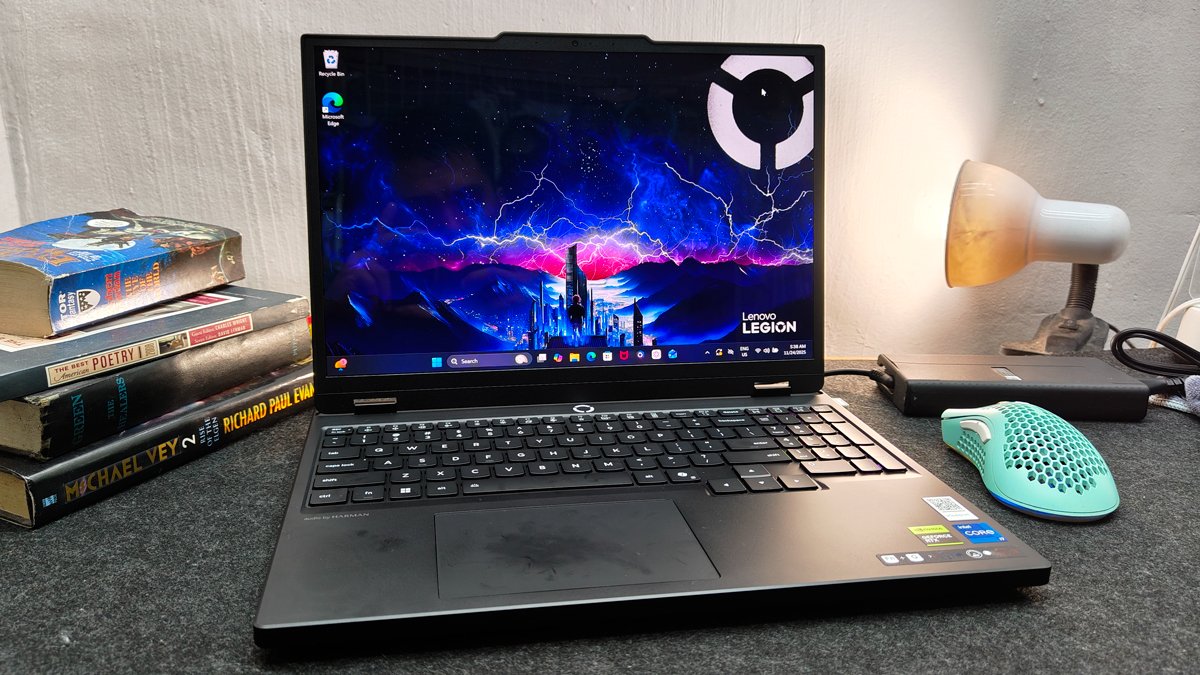
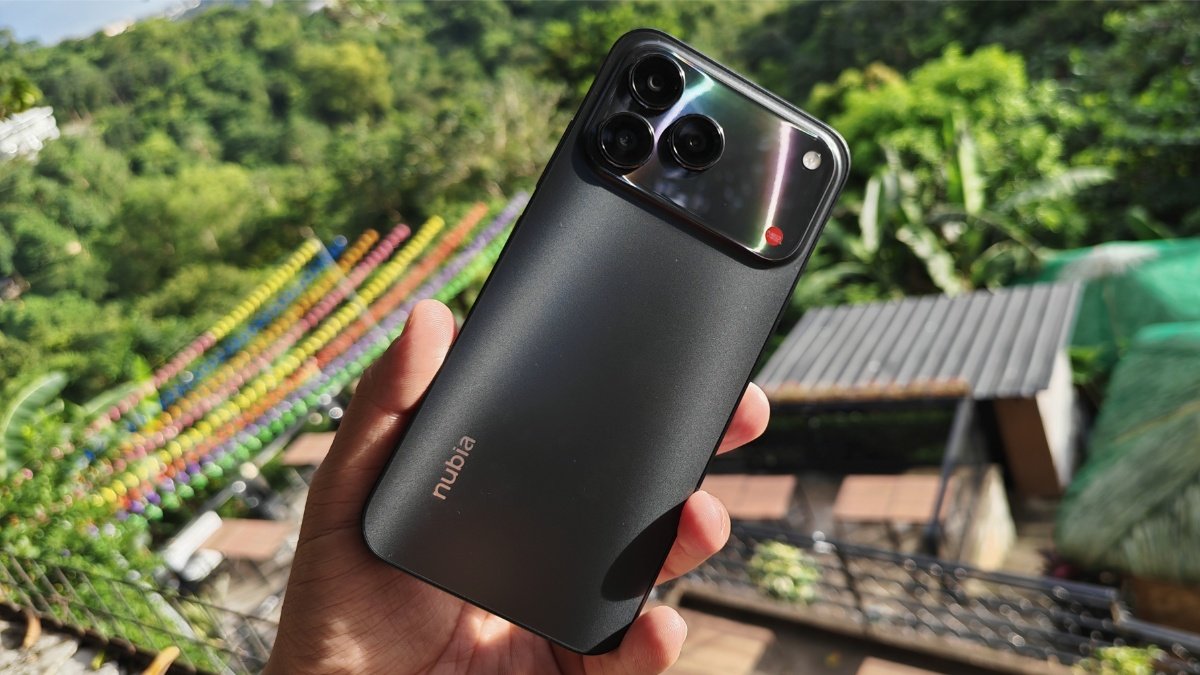
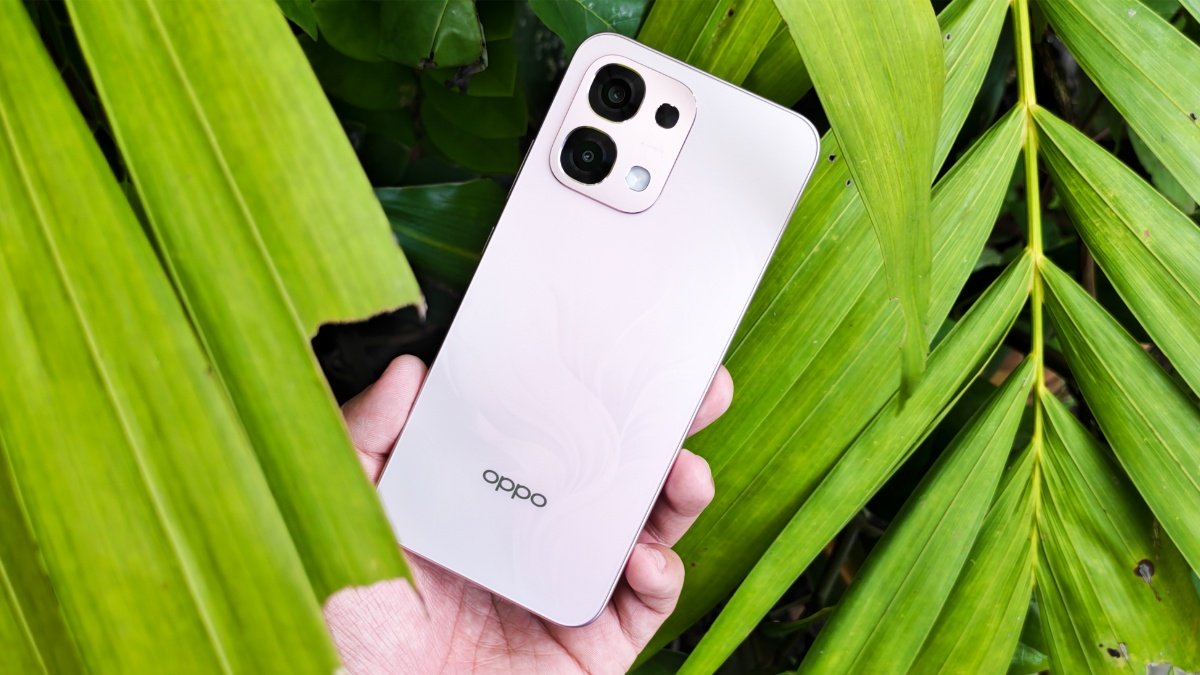
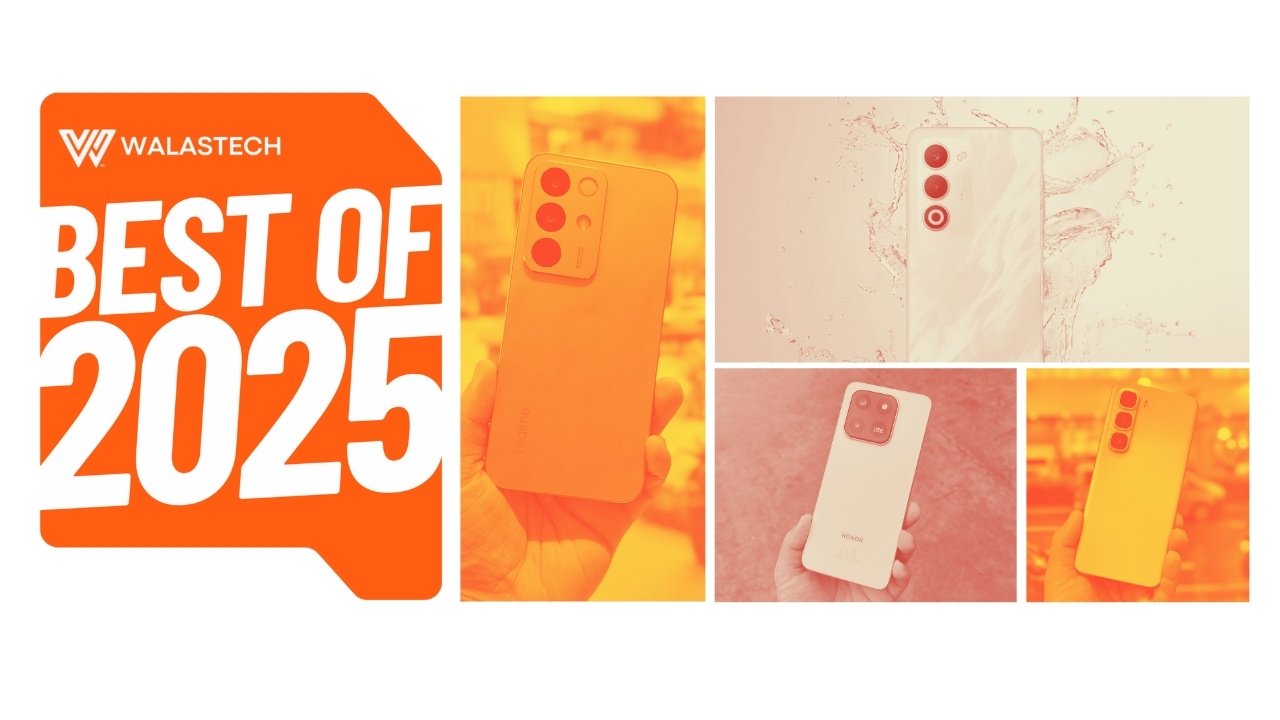
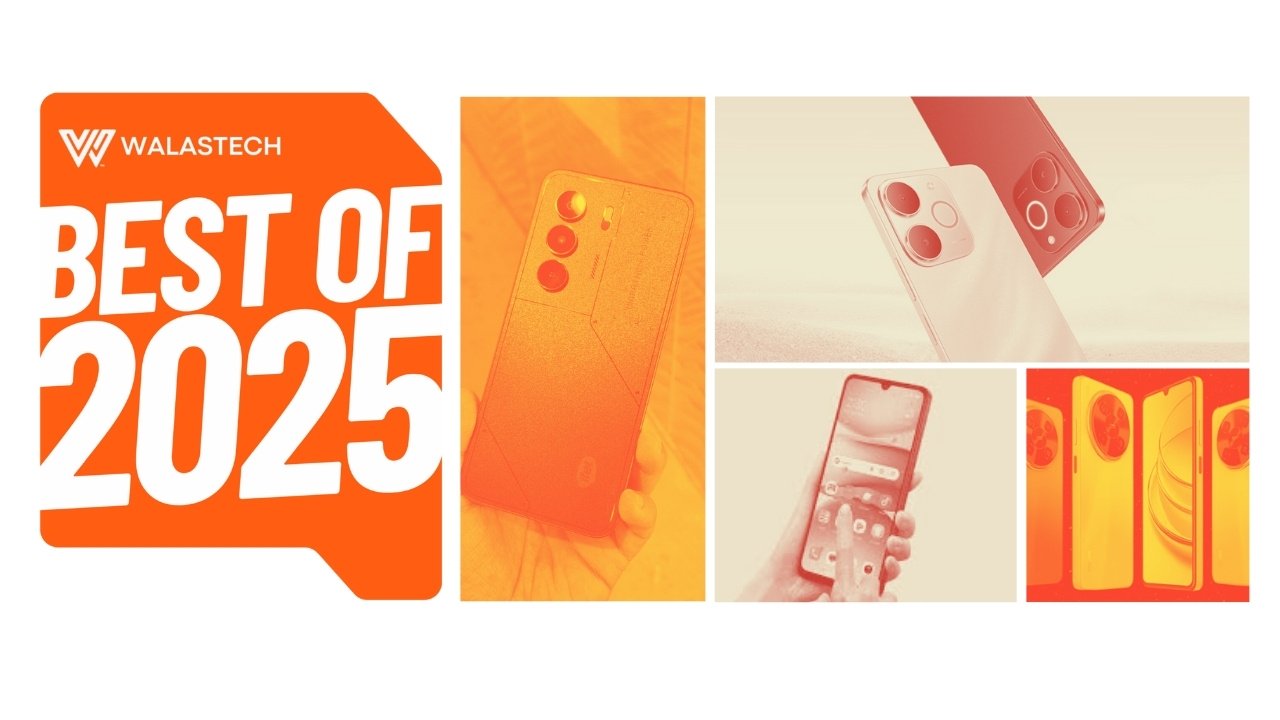


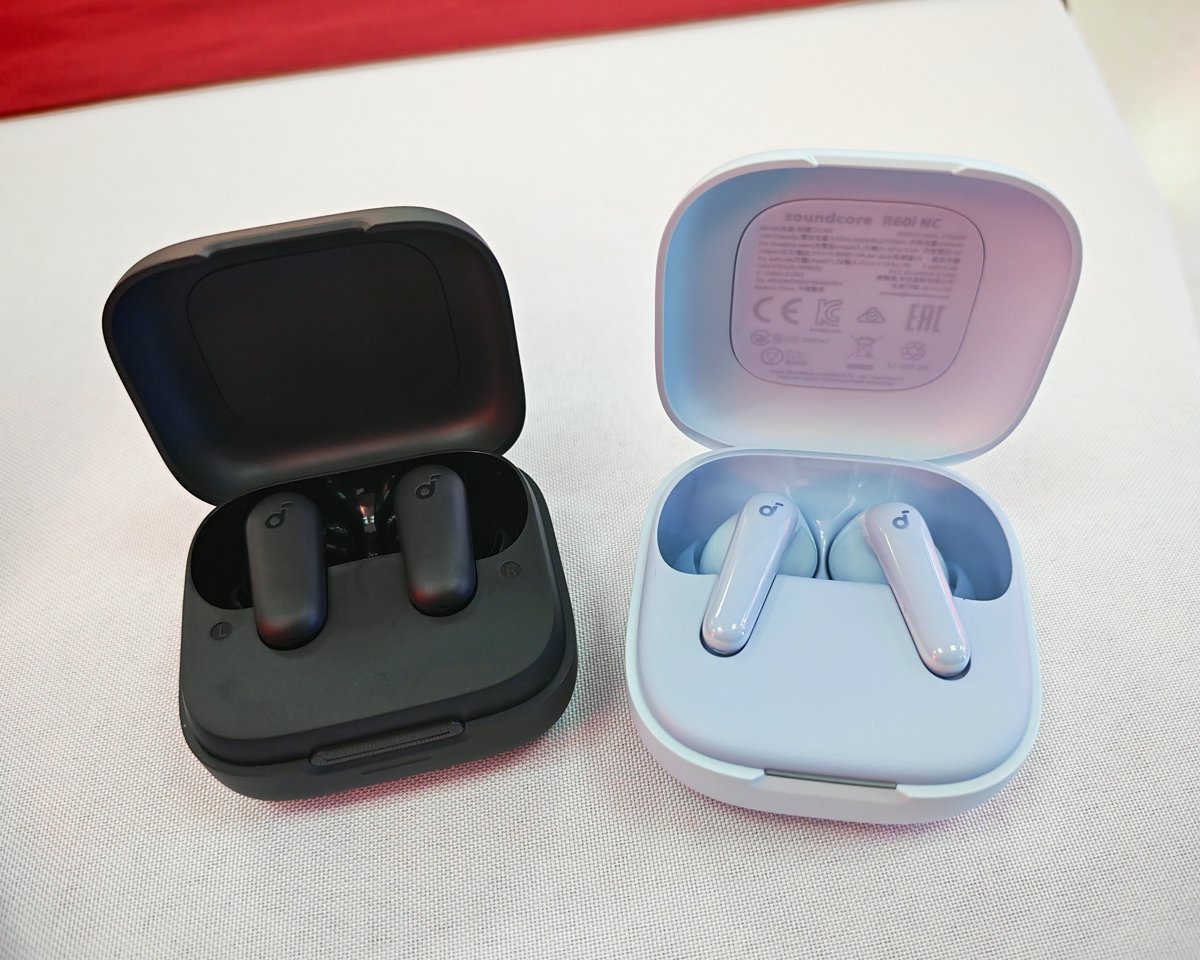


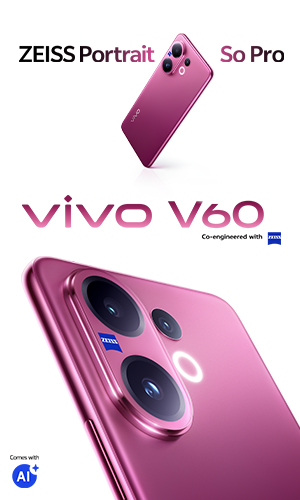
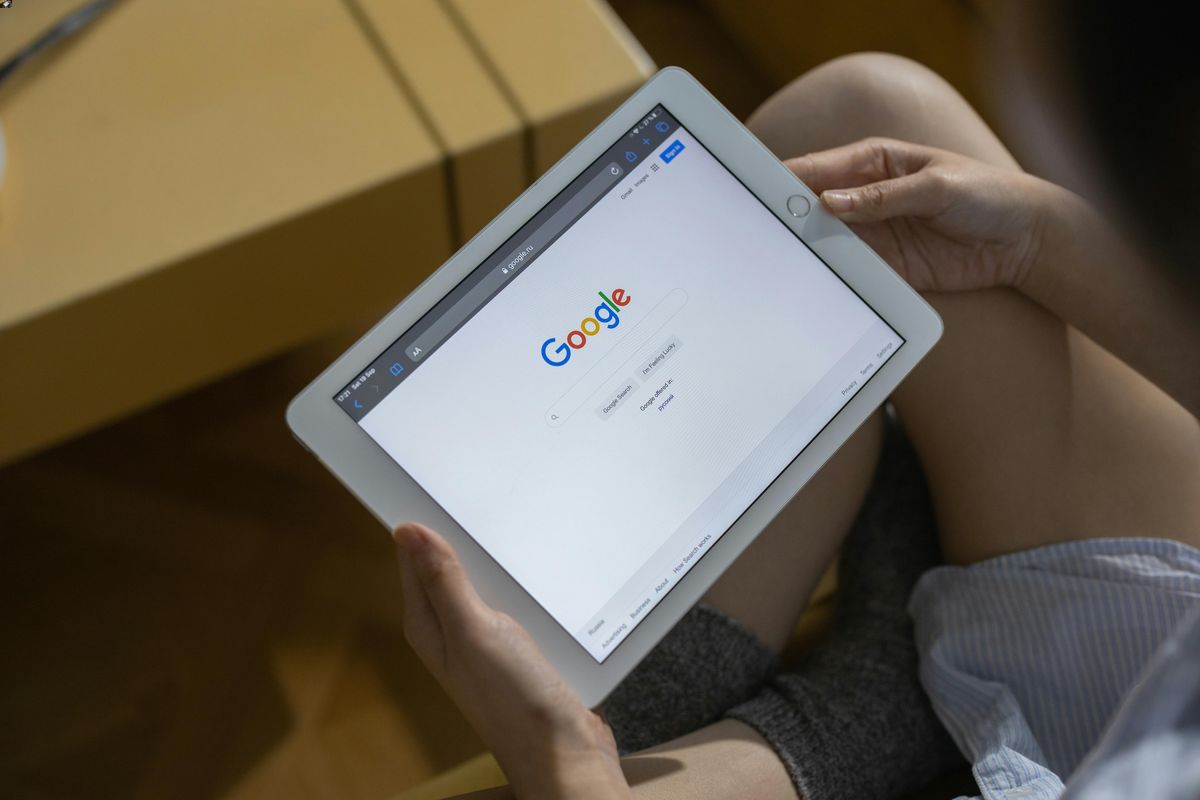

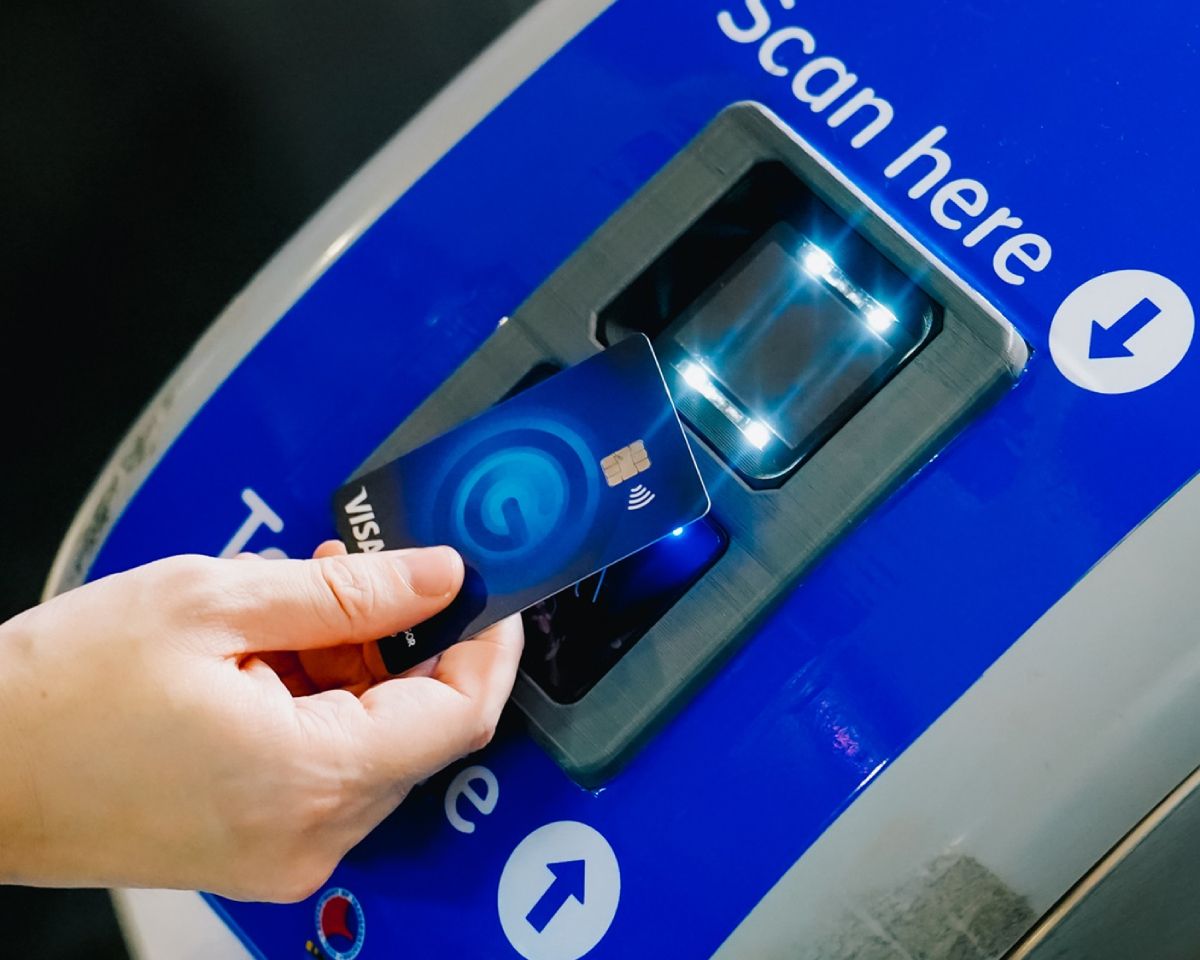
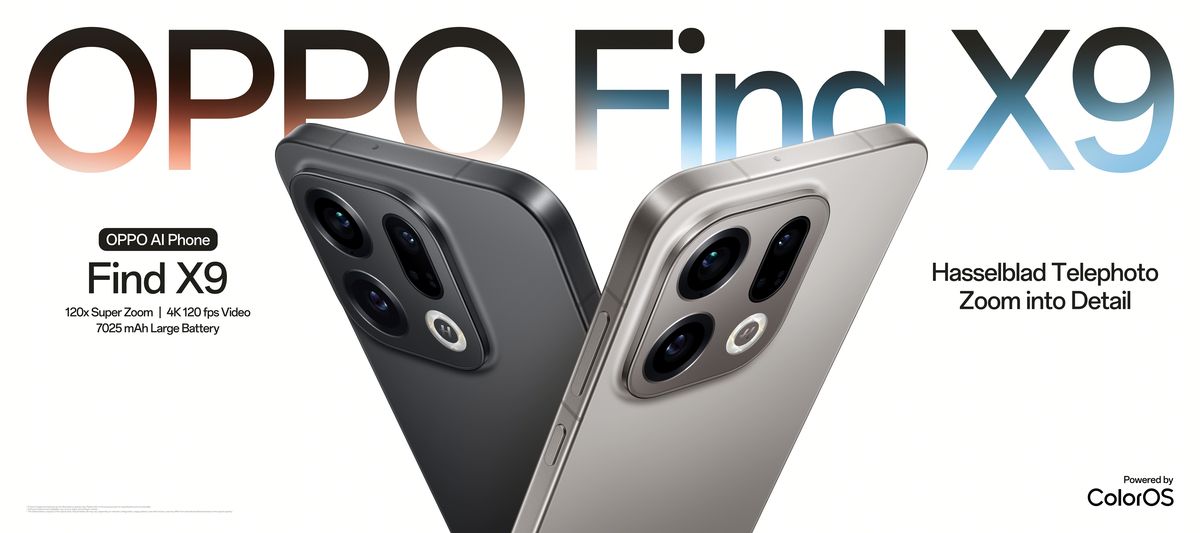

Leave a Reply